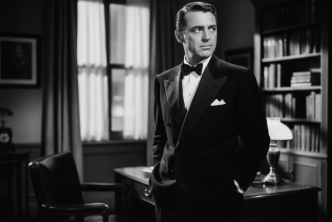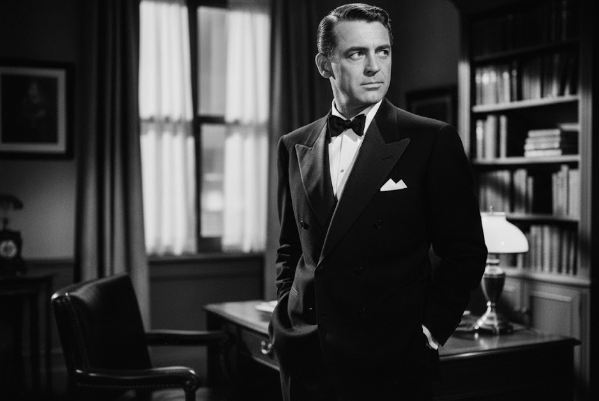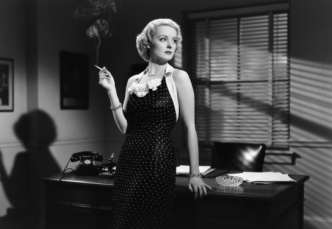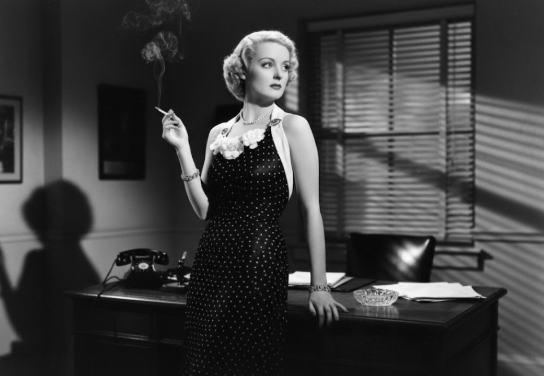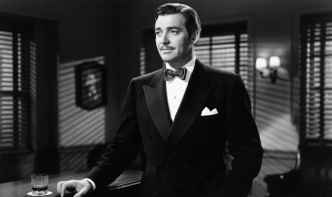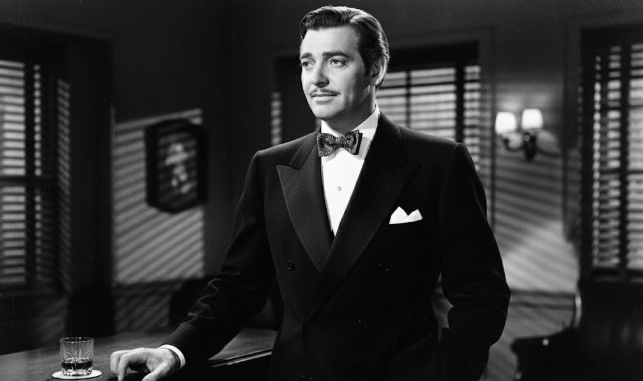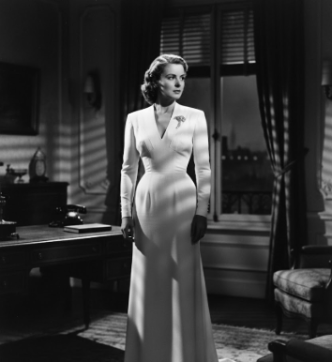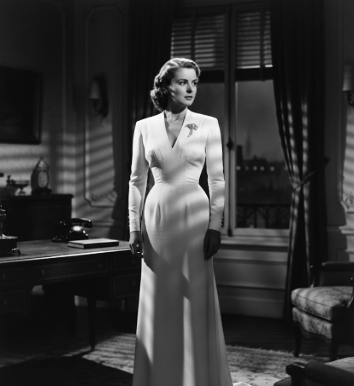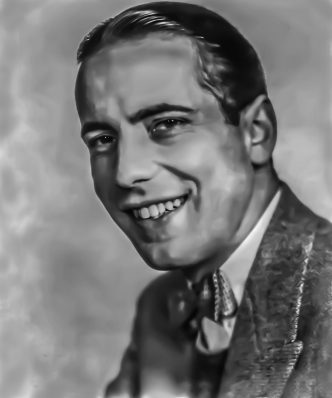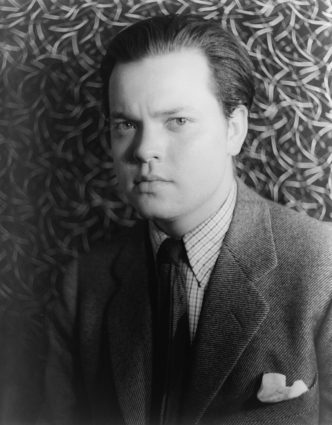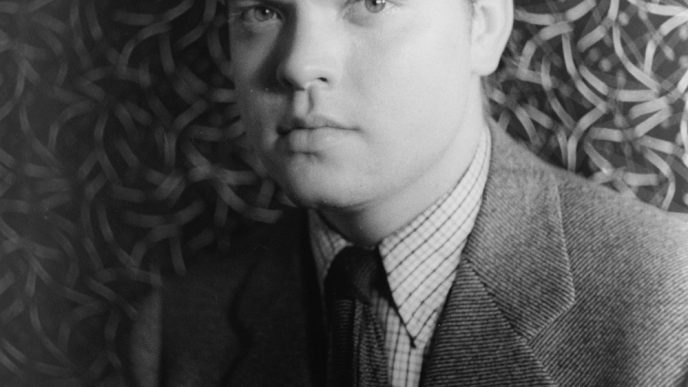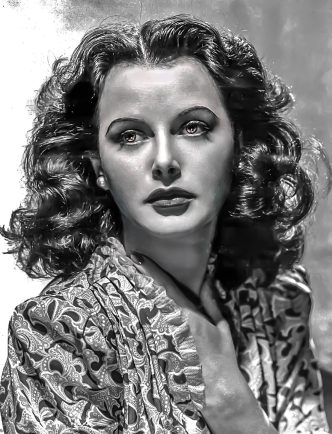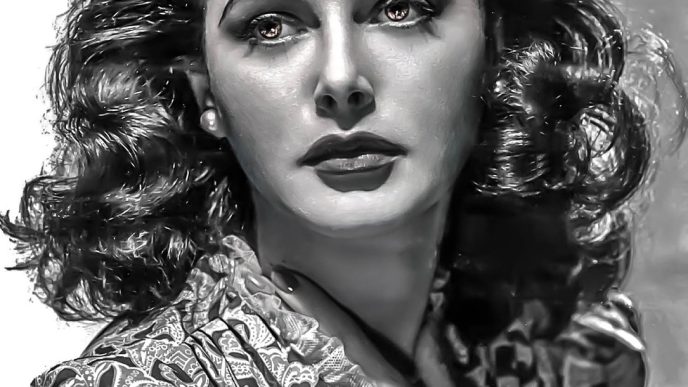In the Golden Age of Hollywood, a time of manufactured personas and studio-controlled destinies, Cary Grant stood apart as an icon of his own creation. He was the embodiment of sophistication, a leading man whose effortless charm, athletic grace, and razor-sharp comedic timing made him one of the most beloved stars in cinema history. But behind the debonair façade was a trailblazing artist and a shrewd businessman who, in a revolutionary act of self-determination, broke free from the studio system to become one of Hollywood’s first and most powerful freelance actors.
Born Archibald Leach into a life of poverty and trauma in Bristol, England, he meticulously crafted the persona of “Cary Grant,” an archetype of masculine elegance that was entirely his own invention. His legacy is not just in his iconic films, but in his pioneering independence that forever changed the power dynamics between star and studio.
From Archibald Leach to Cary Grant: A Painful Past
The man who would become Cary Grant was born Archibald Leach in 1904 into a working-class family in Bristol, England. His childhood was marked by profound hardship and emotional turmoil. When he was nine, his mother was committed to a mental institution, and his father, who later abandoned him to start a new family, told him she had died. This early trauma instilled in him a deep sense of insecurity that he would carry for the rest of his life.
Seeking an escape, the young Leach found a home in the world of performance. At 16, he joined the Pender Troupe, a traveling company of acrobats and comedians, and toured with them to the United States. When the troupe returned to England, he stayed behind, determined to make a life for himself in American vaudeville. It was here that he honed the physical grace, timing, and stage presence that would become his trademarks. After years on the stage, he arrived in Hollywood in 1931, where Paramount Pictures signed him to a contract and gave him a new name: Cary Grant.
The King of Screwball: Defining a Genre
Initially, Paramount tried to cast Grant in conventional, dramatic leading man roles, but his true genius was unleashed in the fast-paced, witty world of screwball comedy. In films like The Awful Truth (1937), Bringing Up Baby (1938), His Girl Friday (1940), and The Philadelphia Story (1940), Grant perfected a new kind of romantic hero. He was not the brooding, stoic figure of earlier dramas, but a sophisticated, quick-witted man who was often the flustered, exasperated target of an equally strong-willed and eccentric heroine.
His background as an acrobat gave him a unique physical prowess that he used to brilliant comedic effect. Whether performing a cartwheel in The Awful Truth or tumbling over a dinosaur bone in Bringing Up Baby, his performances were a masterful blend of verbal dexterity and physical comedy. He became the definitive male star of the genre, a suave and charming figure who could trade barbs with Katharine Hepburn or Rosalind Russell and still come out on top.
The Ultimate Freelancer: A Revolutionary Act of Independence
Grant’s most significant contribution to Hollywood, however, happened off-screen. After his contract with Paramount expired, he made the unprecedented decision not to sign exclusively with another studio. At a time when the studio system held ironclad control over its stars, Grant became a freelancer, choosing his own projects, directors, and co-stars. This gave him a level of creative and financial autonomy that was unheard of for an actor in that era.
He negotiated deals that gave him a percentage of his films’ gross profits, making him one of the wealthiest and most powerful actors in Hollywood. This business acumen allowed him to carefully curate his career, moving seamlessly between comedies, adventures, and the suspenseful thrillers of Alfred Hitchcock. His independence was a revolutionary act that helped to dismantle the old studio contract system, paving the way for the actor-driven Hollywood of the future.
The Hitchcockian Man: Charm as a Weapon
Alfred Hitchcock, a master of subverting audience expectations, understood the power of Cary Grant’s persona better than anyone. He cast Grant in four of his films, using the actor’s inherent charm and likability to create a complex and often morally ambiguous protagonist. In films like Suspicion (1941) and Notorious (1946), Hitchcock played on the audience’s trust in Grant, making them wonder if this charming man was capable of murder or betrayal.
Their most iconic collaboration, North by Northwest (1959), is the ultimate Cary Grant film. As the suave advertising executive Roger Thornhill, who is mistaken for a government agent, Grant is the quintessential “wrong man” protagonist, a figure of elegance and wit thrown into a world of espionage and danger. The role was a perfect synthesis of his talents, combining his comedic timing, romantic appeal, and the underlying tension that Hitchcock so expertly cultivated.
Conclusion: An Enduring Icon of Style
Cary Grant was a true original, an actor who created not just a series of memorable characters, but an enduring archetype of sophistication and charm. He was the rare star who was as brilliant a businessman as he was a performer, a pioneer who took control of his own destiny and, in doing so, helped to redefine the role of the actor in Hollywood. His influence is timeless, a benchmark for elegance and wit that leading men still aspire to today.

Dario Loce is the founder and editor of Celebrimous. He is a lifelong film enthusiast and the author of several locally-published books on cinema history and analysis. His passion is deconstructing the “how” and “why” of filmmaking, from the director’s vision to the editor’s cut. When not lost in a classic film, he’s usually walking through the city, replaying scenes in his mind like unfinished stories.
